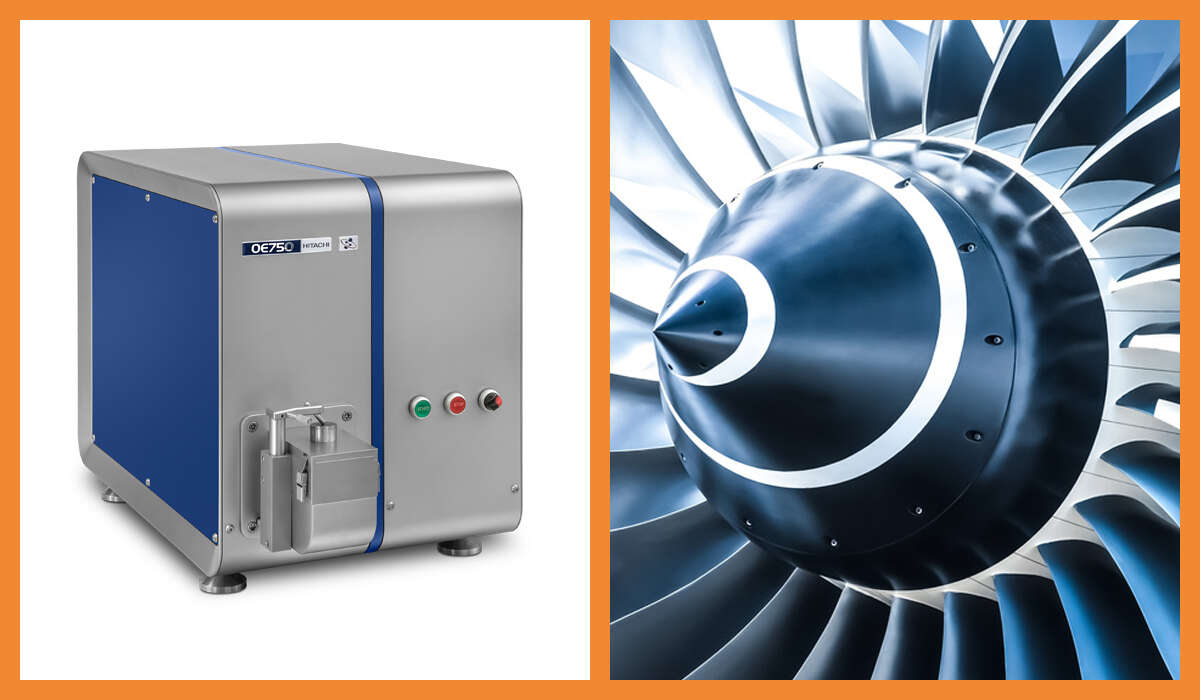Titanium is a durable, light metal. More robust than standard low-carbon steels, but 45 % lighter, Titanium is also twice as strong as weak aluminum alloys but only 60 % heavier. It has outstanding corrosion resistance to seawater and is commonly used in different parts of ships exposed to saltwater. Titanium and its alloys are also used in airframe forging, tubing and tankage components, gas turbine compressor components, and rockets where strength, low weight, and resistance to high temperatures are essential.
Due to high biocompatibility, Titanium and its alloys are used to create artificial hips, pins for setting bones, and for other biological implants. Such alloys have very high tensile strength and toughness, even at extreme temperatures.

Application Note: Determination of Titanium alloys with OE750
The downside of Titanium: it’s difficult to analyze. As a so-called ‘trace’ element, which has always been a challenge for optical spectrometry Titanium’s emitted spectrum is very line rich. Spectrometers with a poor spectral resolution quickly reach their limits here, since the spectral lines are often overlaid and disturbed by others. In some systems, you can even see only one single line where there are several existing. With the OE750, offering the complete wavelength range with an outstanding resolution, makes it possible to determine Titanium. Since it’s generally better to avoid spectral interference than to compensate for it, the line selection of the OE750 has been optimized for this purpose.
The most common Ti alloy 6Al 4V consists of 6% aluminum and 4% vanadium. The combination of all elements produces a massive number of spectral lines. A spectrometer with high resolution is essential for this as well.
Hydrogen’s interaction with Titanium-based alloys can have serious consequences for the material properties. Therefore, it’s essential to determine the hydrogen content in Titanium accurately. The OE750 offers outstanding detection limits for the determination of hydrogen in Titanium – and is the only spark spectrometer in this price range for this application.
The OE750 is designed to meet the exacting requirements of the Titanium industries, especially those demanding lower detection limits for silicon, palladium and ruthenium. It’d also able to analyze gases such as hydrogen, oxygen and nitrogen meeting the requirements of typical Titanium grades where those elements are specified.
For more information download our application note or get in touch with our team of experts to find out how the OE750 can help your business.
Get in touch